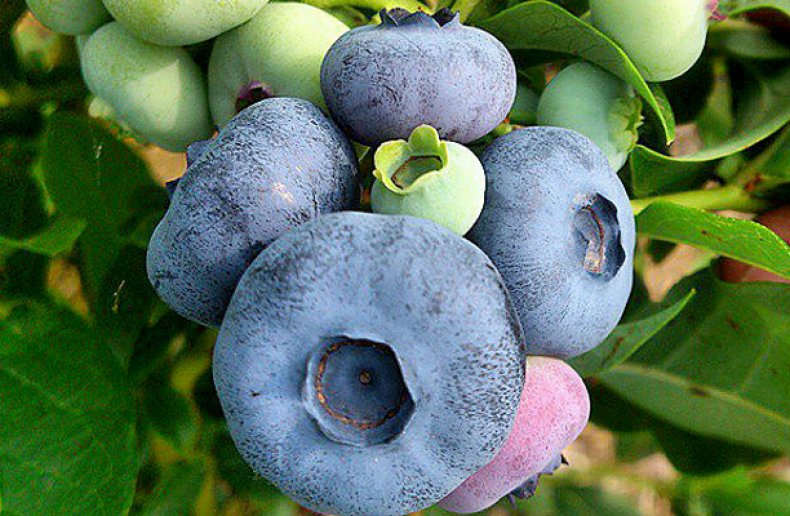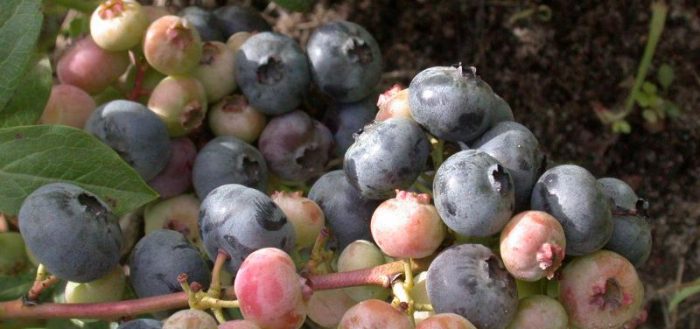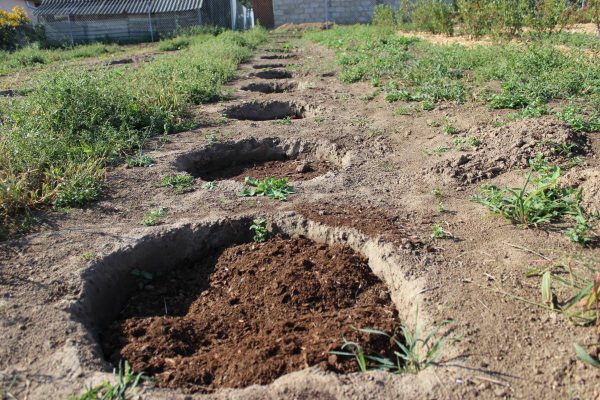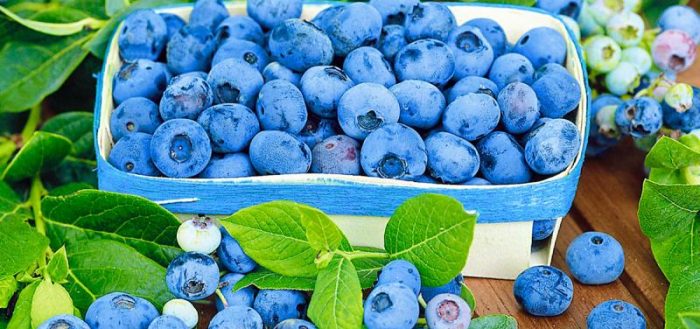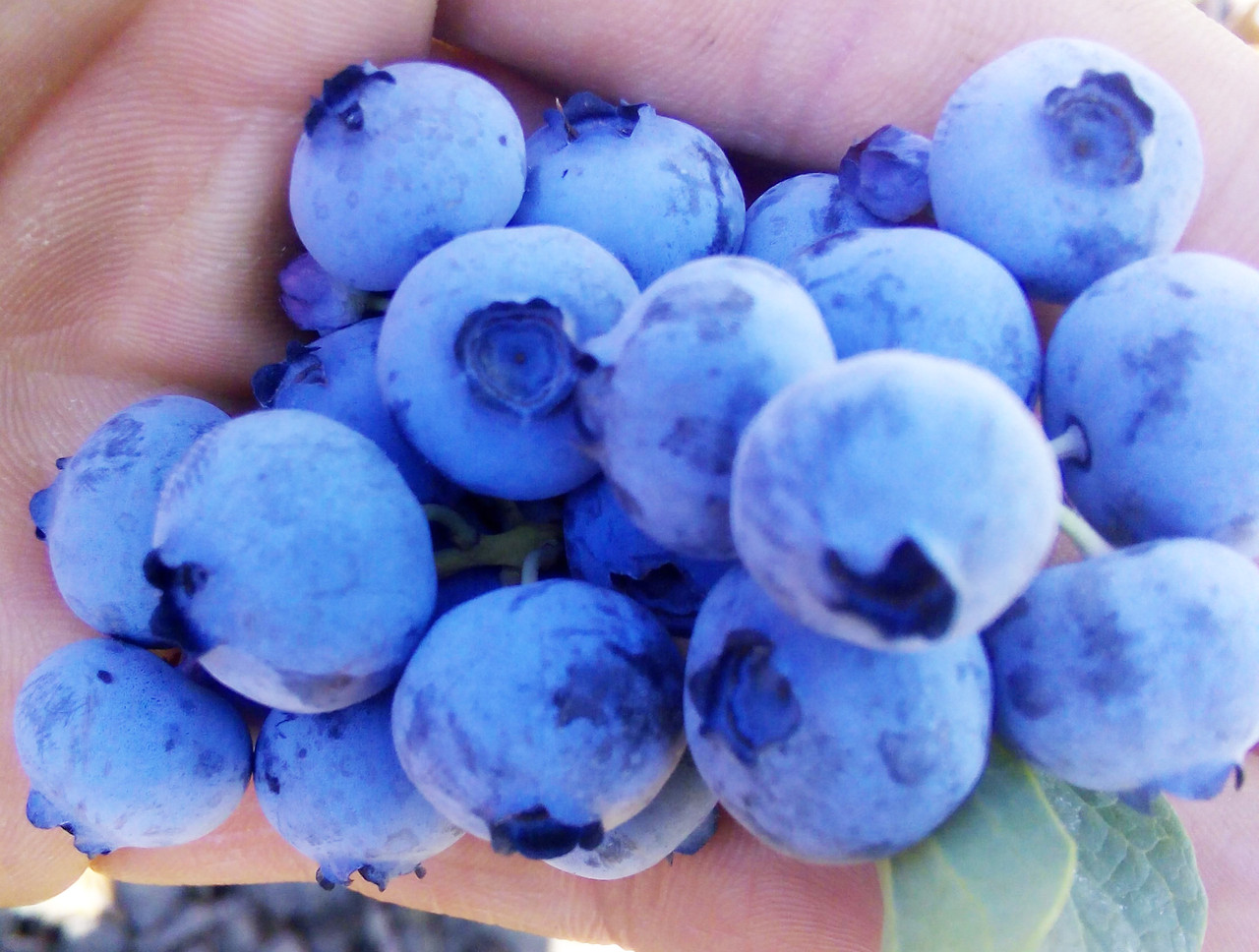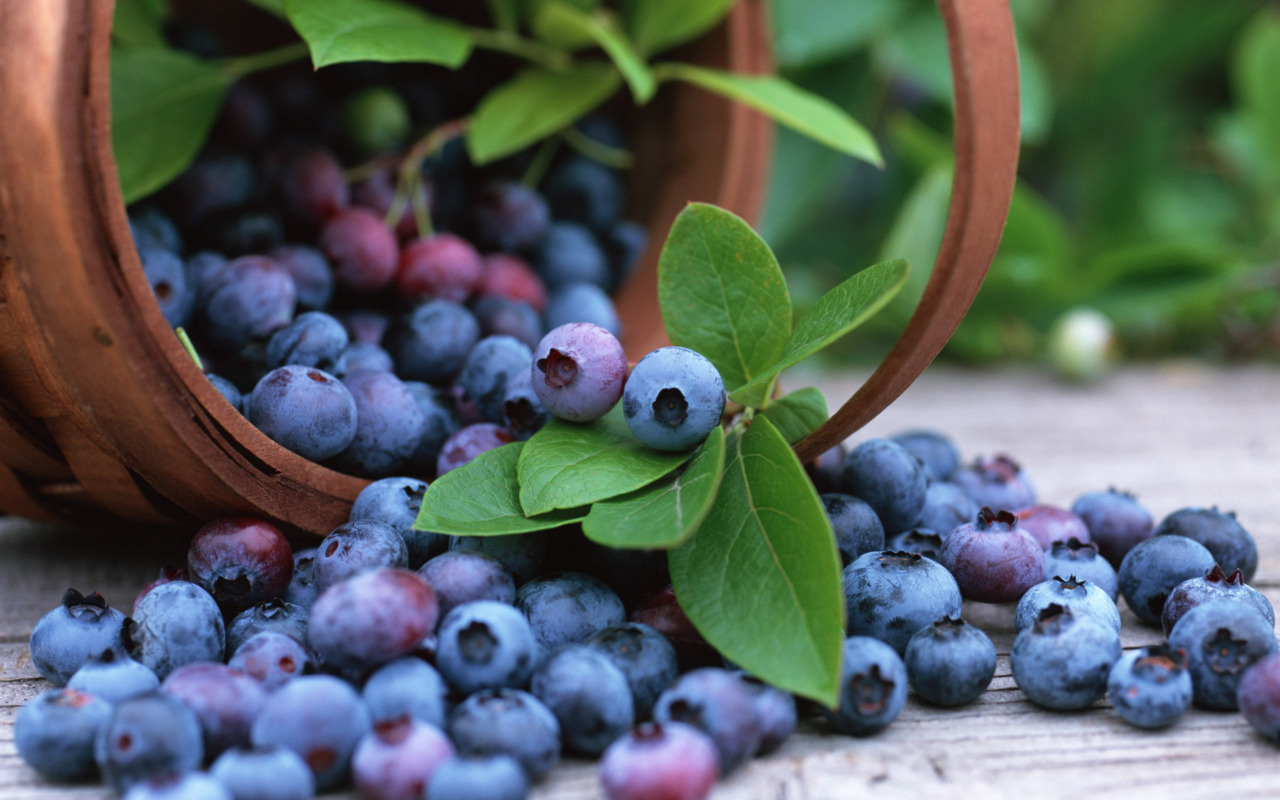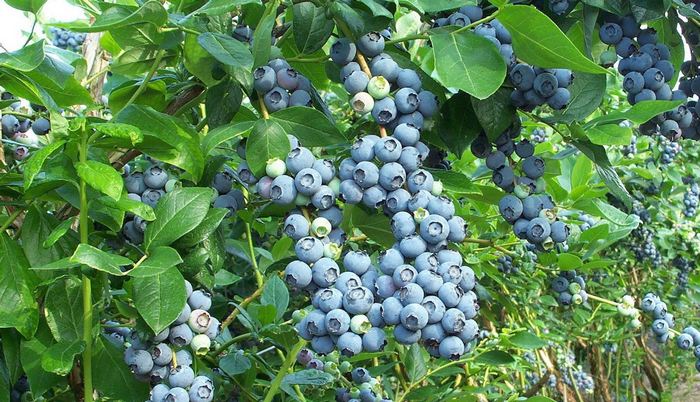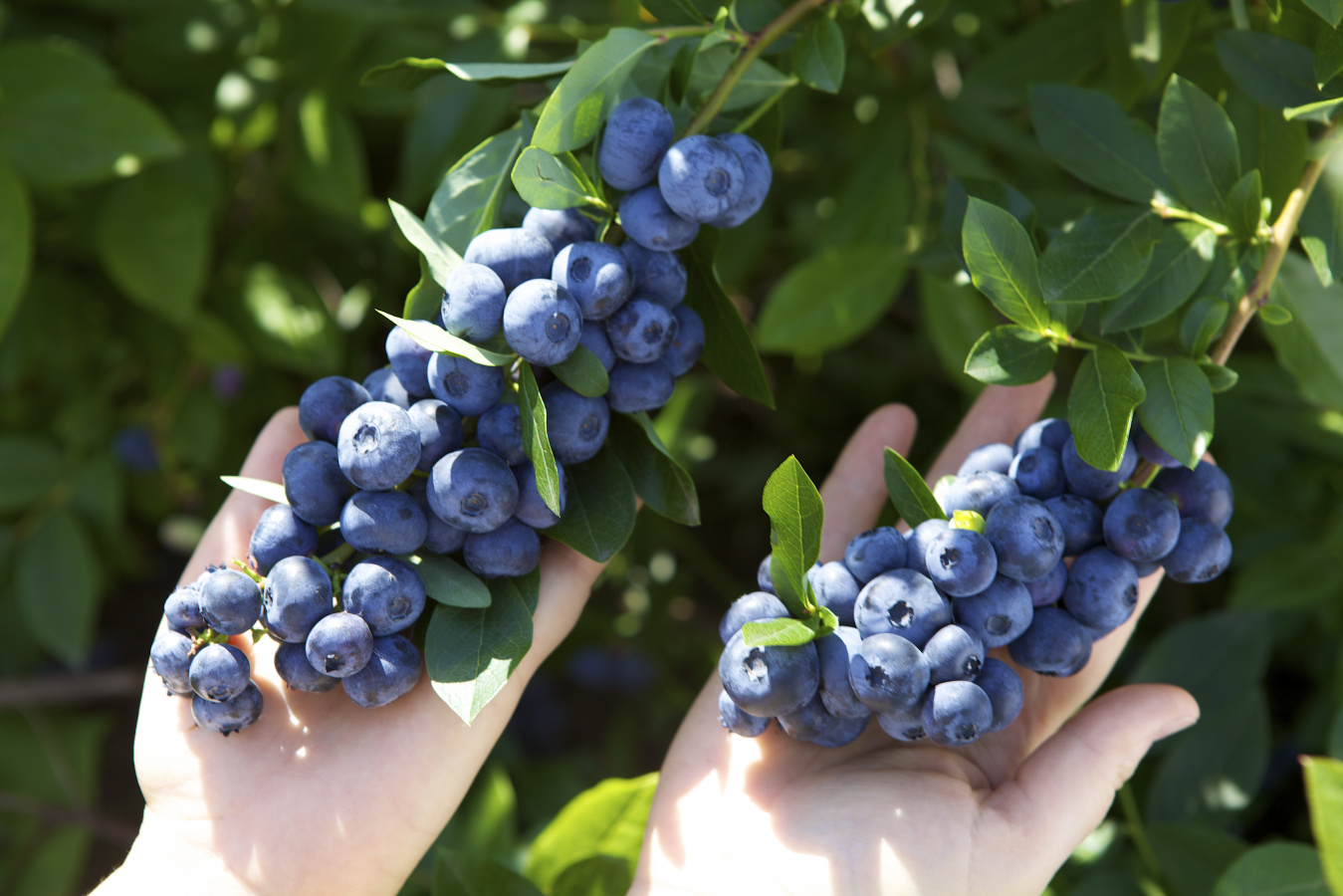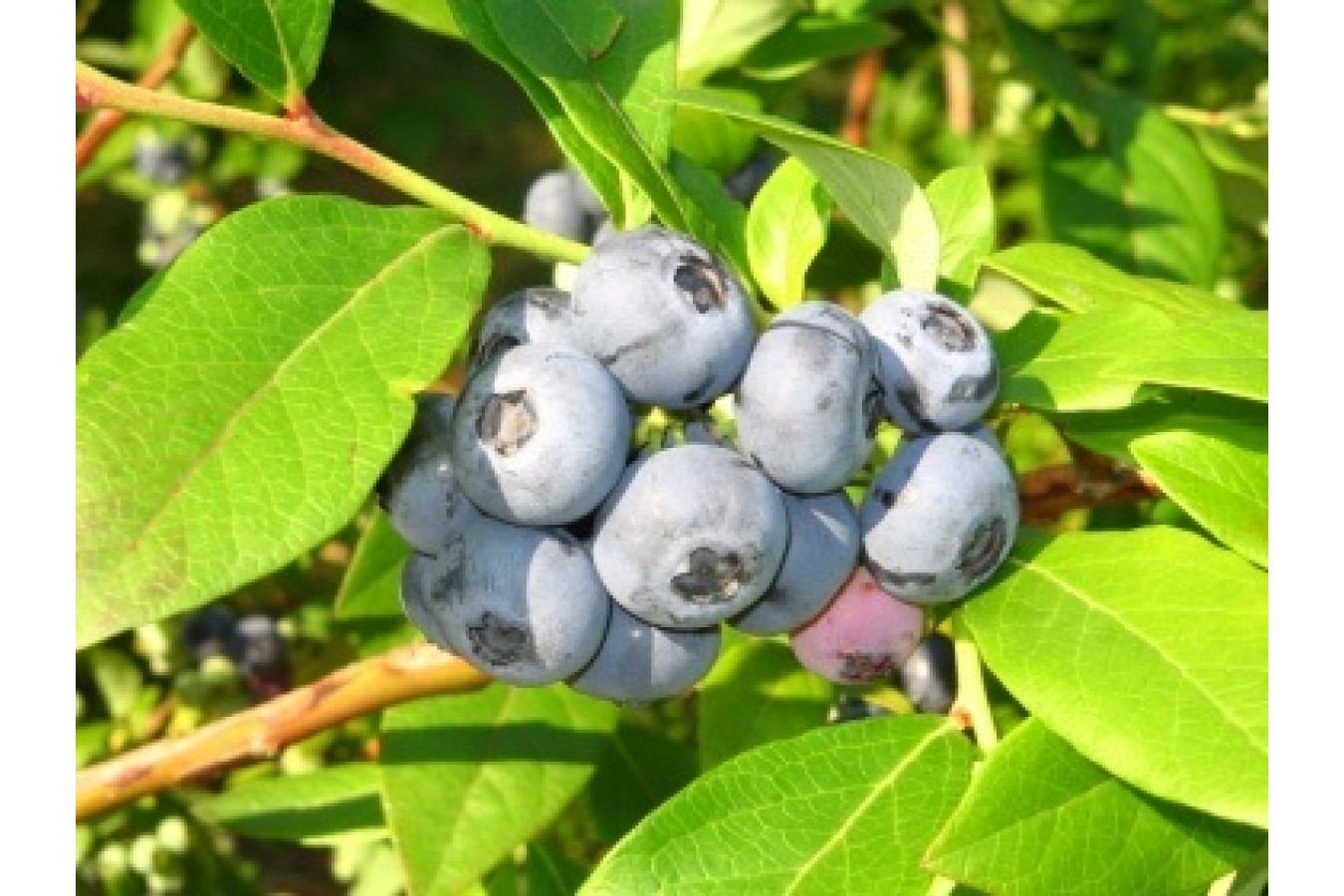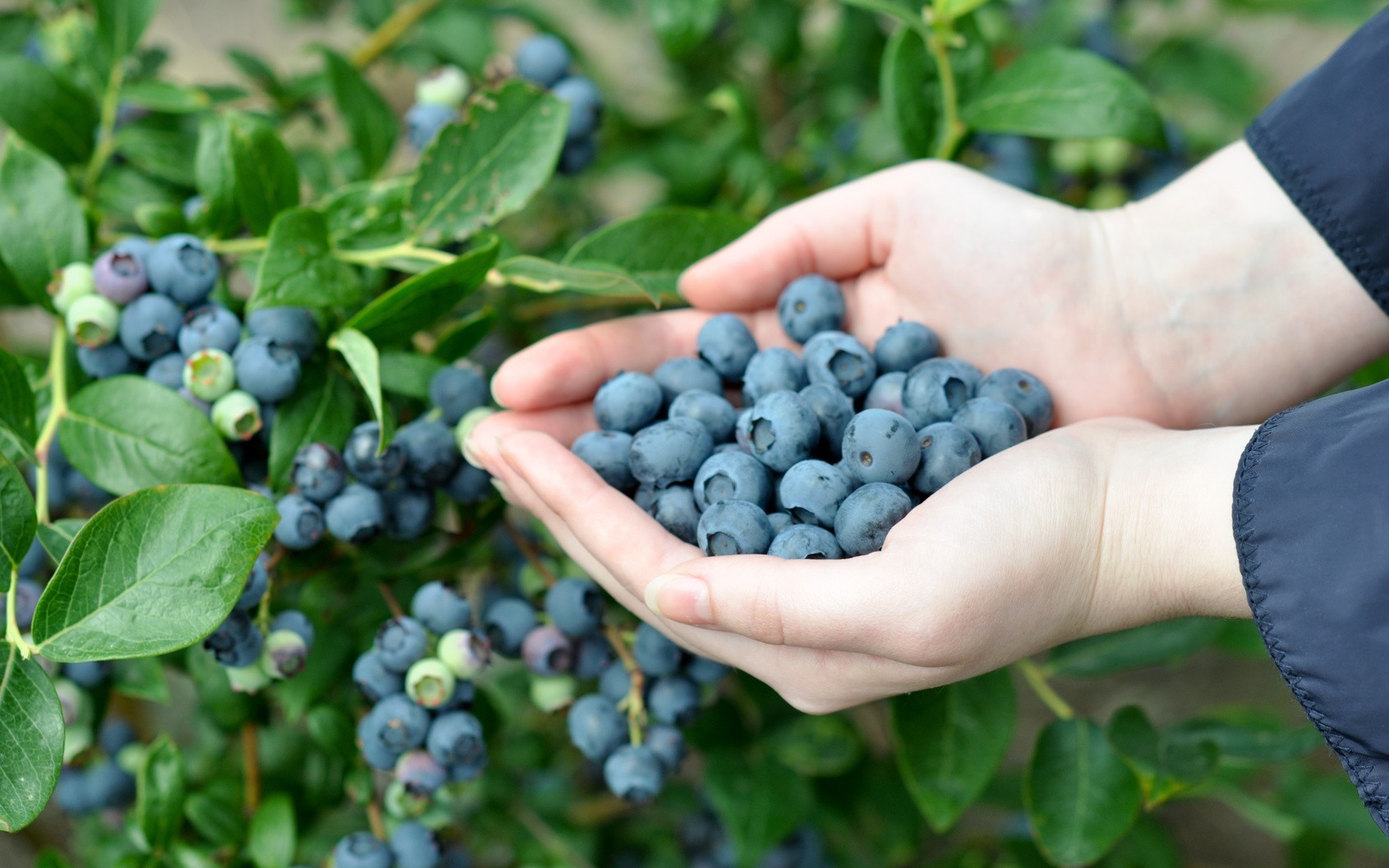Content:
Man has long cultivated blueberries, and in summer cottages and farmsteads one can increasingly find tall varieties of cultivated blueberries. Among the nearly fifty varieties known today, one of the most popular is the Patriot blueberry.
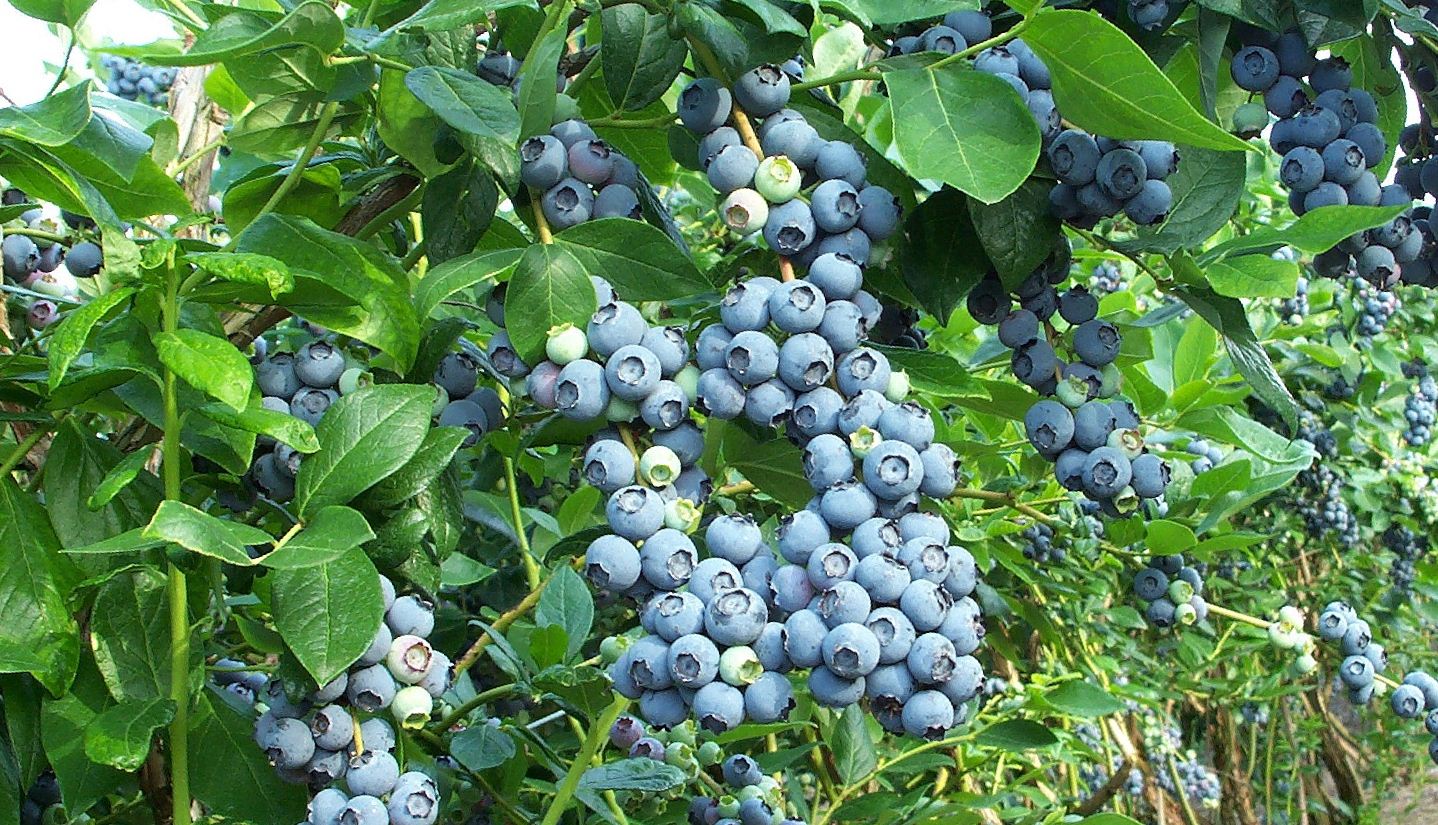
The blueberry bush is so beautiful that it can perform not only food, but also a decorative function.
The history of the creation of the variety
This variety was bred in the mid-seventies of the last century, but only in 1997 was it introduced into production. Like many other varieties, Patriot has American roots, because the progenitor of any modern garden blueberry variety is wild blueberry, which grows naturally in swampy areas and deep forests of North America.
Most of the current cultivated varieties were created by American breeders, including this one - it was bred by breeders from the USA: P. Hepler and A. Draper. The cultivation of this variety is especially indicated for central Russia, where autumn and spring can be distinguished by frosts, and thaws occur in winter. This variety is able to withstand frosts down to minus 30 degrees.
Often, even in special literature, blueberries are called blueberries, which, in fact, is correct, because Patriot, like other blueberry varieties, is a cultivated wild blueberry. Through the efforts of breeders, the characteristics of the cultivated berry have improved significantly - blueberries are sweeter, denser, and their flesh is white and does not stain hands at all, like blueberries.
Description and characteristics
The most common blueberries in dachas today, which are planted and cared for in the Moscow region, are Patriot and Bluerop. The last variety is good in that it is not afraid of either pests or snow, which is important in the conditions of the Moscow region. However, many believe that the taller, also winter-hardy and earlier in terms of fruiting Patriot blueberry is preferable; we give a description of this variety in more detail.
Blueberry Patriot variety grows well in any soil, but loves moist soil. Another feature of the variety is that it has green or red berries for almost the entire season. As such, blueberries Patriot (this is also called blueberries because of the dark blue color of the berries) becomes blackish only at the very end of ripening. When fully ripe, the berries have a deep, dark color that is hidden under the whitish bloom characteristic of this berry. It is this plaque that gives it a true blue tint.
Blueberry Patriot ripens quite early, already in mid-July you can enjoy a delicious berry, sweet, pleasant, with a slight sourness. The berries are large enough - up to 1.9 mm in diameter, juicy, dense.
The variety is easy to care for and harvest because it has an average height of 1.2 to 1.8 meters.
The largest pleasures are from the first collection, then they become a little smaller. The berries grow in weighty inflorescences, have a slightly flattened appearance, they have a medium-sized perianth, and the berries come off easily and dryly.
If you do not thin out the shoots, then the variety, itself highly productive and prone to overloading the crop, can bestow a lot of chopped berries. In general, with good care, up to 9-10 kilograms of ripe berries are harvested from the bush.
It is good if there are bushes of a different kind on the site.The other variety will act as a natural pollinator, and such cross-pollination will yield a much larger and more stable yield, although in principle the Patriot is self-pollinating.
Landing
An extremely important point in the agricultural technology of this berry is planting. About 80 percent of the seedlings purchased by summer residents do not take root and die precisely due to improper planting in the ground.
What is important to know about the culture when planting? Blueberries love the sun, so plant them in an open area on the south side. If the personal plot has garden or ornamental trees, then no closer than 2-3 meters to them.
Note. Garden blueberry "Patriot" is considered an elite variety, therefore it is recommended to create appropriate planting conditions for it, taking into account the characteristics of the plant and soil.
The plant has delicate fibrous roots, which are located no deeper than 20-30 cm from the soil surface and are very afraid of getting wet. Therefore, for planting, a pit depth of 40 cm is sufficient, taking into account drainage. Pit diameter - 90-100 cm.
The following drainage layers are laid:
- A soil acidifying layer, for example, ready-made garden sulfur, can be sprinkled over the entire diameter of the pit. This will even out the pH level and create better conditions for survival;
- A layer of coarsely chopped bark of trees - its thickness is 7-10 cm. You can simply break off the branches and lay them so that the roots can pass through it;
- A layer of high-moor peat - a bag is enough, which must be poured out and sprinkled on top with a little fine bark. The bark will not give a strong subsidence of the soil, so for uniformity it is necessary to mix it with peat with a shovel. When mixed, a good light and loose soil is obtained.
Interesting. A seedling is planted in early spring or late autumn, like ordinary blueberry varieties.
With heavy soil, the excavated soil practically does not enter the hole. If the soil on the site is not heavy, you can add about 40 percent of the total peat to the peat of the excavated land to the peat.
For planting, a seedling with a root ball is taken. Having taken out a lump from the pot, you can unfold it slightly along the bottom edge. Planting is carried out a couple of centimeters below the growth of the plant itself, so that over time, the soil, having shrunk, will be leveled at the desired level. After compacting the soil around the coma and squeezing out the air, you need to water - about a bucket of water per bush.
When the water settles, the soil must be mulched with finely chopped pine bark. Pine has a slightly acidic reaction, so it will act as an acidifier.
There is no pine bark, other mulching can be used, but besides the bark of oak and maple, which, due to their tanning properties, can inhibit the growth of blueberries.
Cultivation rules of the variety
Timely watering and high-quality fertilization are the conditions for caring for the variety.
Water it abundantly, but not often, mulching the ground under the bush and retaining moisture. Many gardeners recommend acidifying the water when watering, because blueberries love acidic soil. But in order to know exactly how many grams of acid (citric, acetic or from electrolyte) should be taken per bucket of water, it is better to measure the pH level in a given area once with a professional device and find out the proportion of acid and water necessary to achieve the desired acidity level. Normal "blueberry" acidity of water and soil is pH 3.5-4.5 units.
For fertilization, you do not need to use organic matter: manure or chicken droppings. Better to take mineral fertilizers. There are ready-made fertilizers on the market based on ammonium sulfates, the basic nitrogen fertilizer for this plant. Fertilizers can be applied from April to June, later not worth it. Potassium fertilizer is useful for the sweetness of the berries. Potassium phosphate is good to add in October - this will help blueberries not freeze in winter.
Pruning of the bush is done at the age of 5 years, at which time it should be thinned a little. Pruning is carried out either in late autumn, after loss of foliage, or in early spring, when the buds have not yet blossomed.
Diseases and pests
The main pest for blueberries is the beetle larva. He is able to gnaw the roots of the plant, after which the summer resident will notice the wilting of the leaves. It is already impossible to do anything at this moment - the bush will die. Therefore, it is very important to carefully inspect the soil and the pit before planting, and if the land on the site is susceptible to the May beetle, then immediately after planting the soil is etched.
This variety does not suffer from late blight, it is also not susceptible to stem cancer. If a reddish swelling appears on a young shoot, this should alert - perhaps this is how another ailment manifests itself - physalosporosis. It can multiply very quickly, and therefore you need to immediately cut out the bush and burn it.
Blueberries are sometimes affected by gray mold. In order not to destroy the entire plant, you need to fight it in time.
Preparing for winter
This variety, as mentioned above, is quite resistant to frost, but in especially severe winters it can freeze slightly. To avoid this, in the autumn you need to bend the branches to the ground and tie them with twine or wire.
After the onset of freezing temperatures, the bush is covered with cloth or other material, but not polyethylene. It is good to lay a layer of sawdust or peat or their mixture under the bush to the base. When the snow falls, it will also create additional protection for the bush.
Advantages and disadvantages
This variety has its own advantages, let's call them:
- high yield, allowing you to grow the Patriot variety in the industrial production of berries;
- high taste and good indicators of safety during transportation and storage;
- high frost resistance;
- the ability to withstand most diseases of fruit crops;
- economic space when placing several bushes due to the fact that the bushes are straight and weakly branched;
- the variety can be grown even in areas where the summer is short, since the berry ripens early enough.
There were no minuses in the variety.
